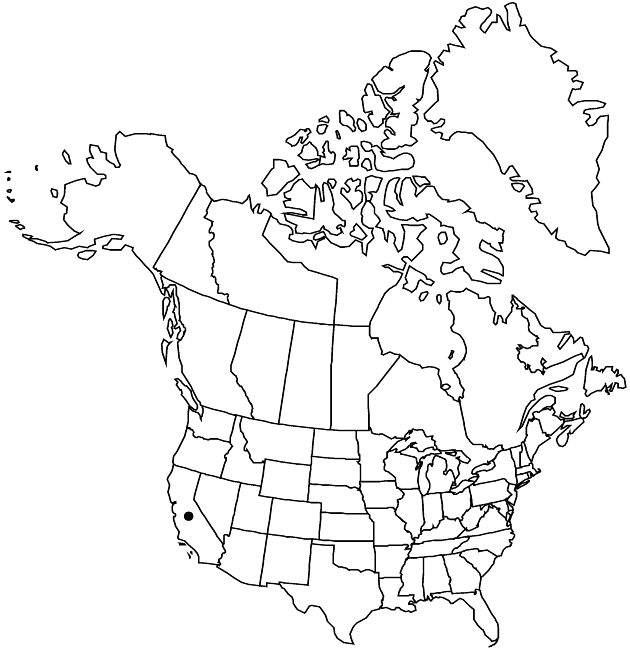Artemisia palmeri
Proc. Amer. Acad. Arts 11: 79. 1876.
Subshrubs, 100–350 cm, mildly aromatic. Stems usually 1–15, erect, brown, simple (wandlike, brittle, bases woody), glabrous. Leaves cauline (petiolate), bicolor (gray-green and dark green); blades broadly lanceolate, 3.5–12 (–15) × 0.2–10 cm, relatively deeply and coarsely pinnately lobed (lobes 3–7+), faces canescent (abaxial) or glabrous or sparsely hairy (adaxial). Heads (erect or nodding, peduncles relatively slender) in open, paniculiform arrays, 15–40 × 3–10 cm (widely branched). Involucres globose, 2.5–3.5 × 2–5 mm. Phyllaries (pale green to stramineous) broadly ovate, glabrous or sparsely hairy (receptacles paleate). Florets: pistillate 0; bisexual 8–30; corollas pale-yellow, 1.5–2.2 mm, resinous-glandular (style-branches exsert, truncate, erose). Cypselae (light-brown, shiny) ellipsoid, 1–1.2 mm, (4-angled), glabrous or glandular. 2n = 18.
Phenology: Flowering early–mid summer.
Habitat: Ravines, coastal areas, sandy soils
Elevation: 100–300 m
Distribution

Calif., Mexico (Baja California)
Discussion
Of conservation concern.
Artemisia palmeri is known only from drainages near the coast, from northeast of San Diego to just south of Ensenada. Most of its habitat has been destroyed by urban development. It is of particular interest because of its paleate receptacles, an anomalous trait that confounds our understanding of its evolutionary relationship to other species of Artemisia.
Selected References
None.